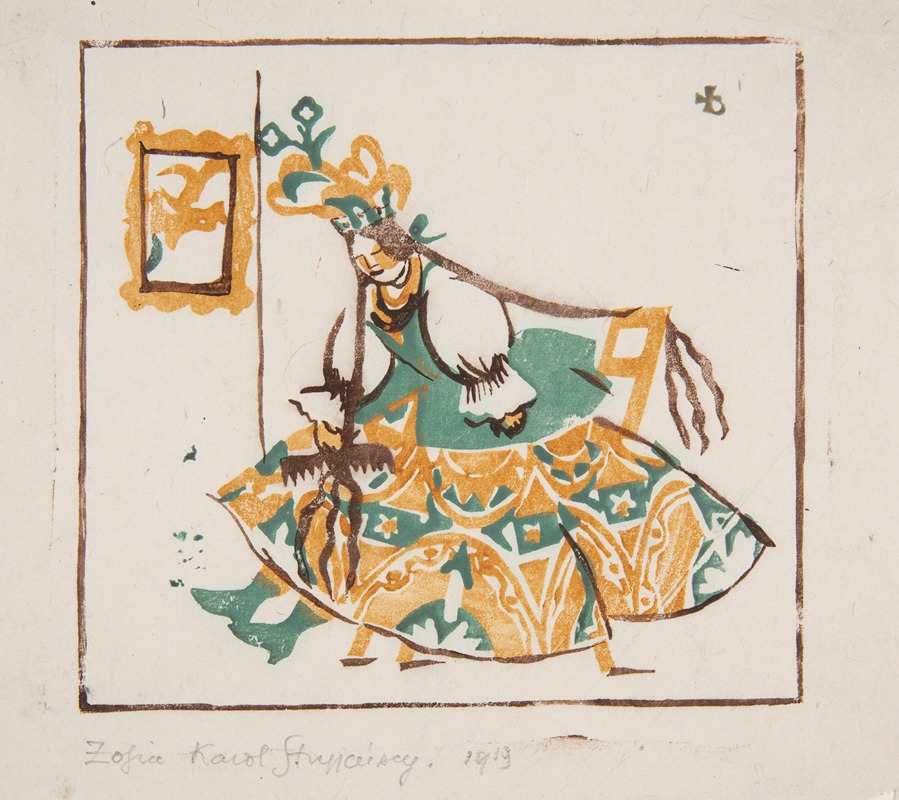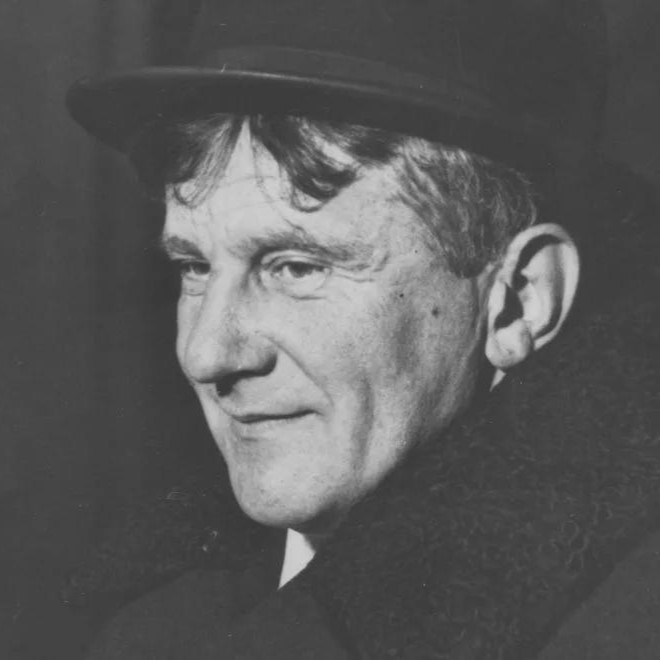

Karol Stryjeński was a Polish architect, sculptor, social activist, director of the State School of Wood Industry in Zakopane. Husband of Zofia Stryjeńska.
He was the son of Tadeusz Stryjeński, a well-known Krakow architect, and brother of Władysław. He graduated from the Sobieski Gymnasium in Krakow. In 1907–1911, he studied architecture at the Zurich Polytechnic. He also studied sculpture at the École nationale supérieure des beaux-arts in Paris. Karol Stryjeński's first success came in 1912 when he won a competition for the design of workers' apartments in Krakow. On November 4, 1916, he married Zofia Lubańska, who later became a well-known painter, illustrator, and textile designer. The marriage ended in divorce in 1927. The couple had three children: a daughter, Magdalena (1918–1991), and twin sons, Jan and Jacek. In 1922, he won first prize in a government competition for the development plan of Zakopane. From 1922, he was the director of the School of Woodworking in Zakopane. He significantly raised the standard of the school. At the Decorative Arts Exhibition in Paris in 1925, his students' works were awarded gold medals.
He was active in the Polish Tatra Society, where he was, among other things, president of the skiing section and organizer of sports competitions.
In 1927, he moved to Warsaw, where he took up the chair of monumental sculpture at the Academy of Fine Arts. In 1929, he founded the Society of Friends of the Academy of Fine Arts in Warsaw, which is still active today and has been awarding a prize in his name since 2018 for the best master's thesis completed at the Academy of Fine Arts in Warsaw. In 1932, he became director of the Institute of Art Propaganda in Warsaw. He died in the same year as a result of a cerebral hemorrhage.
He was buried in his family tomb in Krakow, and after several months, in accordance with his last will, his ashes were transferred to the Cemetery of Merit in Pęksowy Brzyzek in Zakopane (plot L-I-19).

